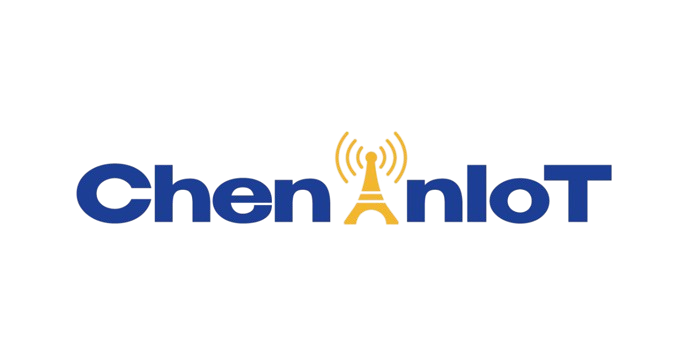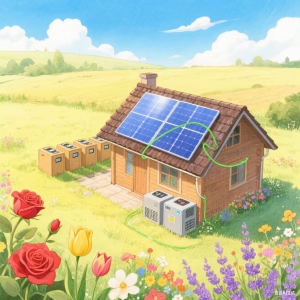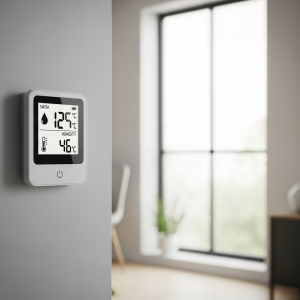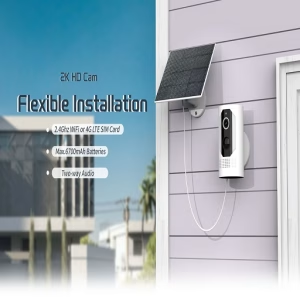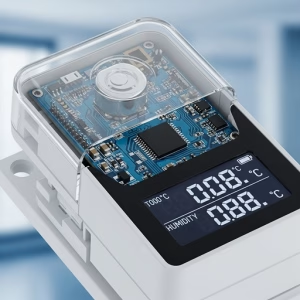Robotics and AIoT Guide: Unlocking the Intelligent, Interconnected Future
In today’s rapidly evolving technological landscape, the convergence of robotics and AIoT (Artificial Intelligence of Things) is reshaping industries in unprecedented ways. This powerful synergy is driving a new era of automation, efficiency, and intelligence, unlocking limitless possibilities for businesses and consumers alike. This article delves into the world of robotics and AIoT, exploring their synergy, applications, challenges, and future prospects.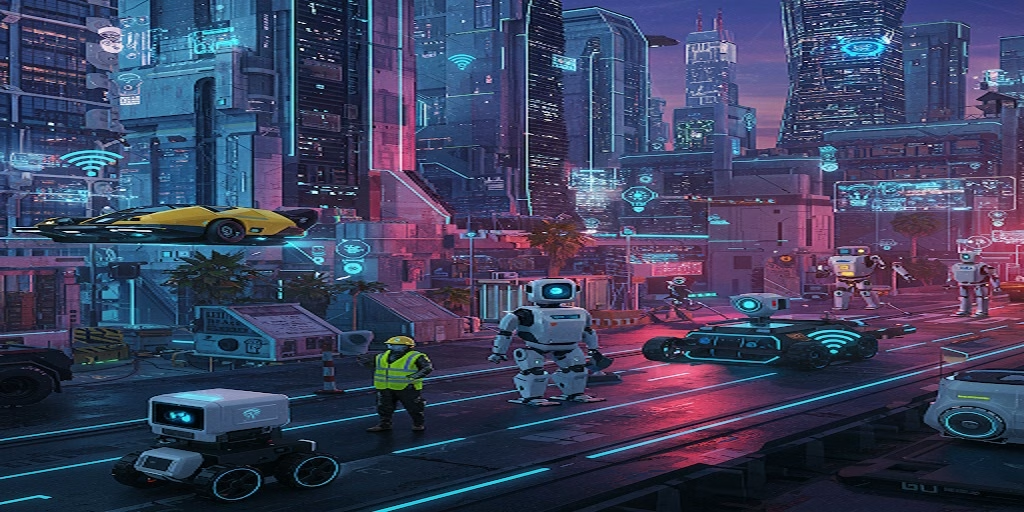
Understanding Robotics and AIoT
- Robotics:
- Robotics involves the design, construction, operation, and application of robots. These machines are controlled by computer programs and are capable of performing a wide range of tasks, from simple, repetitive actions to complex decision-making.
- Robots are equipped with sensors, actuators, and control systems that enable them to perceive their environment, interact with objects, and operate autonomously or semi-autonomously.
- AIoT:
- AIoT is the combination of artificial intelligence (AI) and the Internet of Things (IoT). IoT consists of a network of connected devices and sensors that collect and exchange data.
- AI enhances IoT by analyzing the vast amounts of data generated by IoT devices, enabling intelligent decision-making, predictive maintenance, and automation.
The Synergy of Robotics and AIoT
When robotics and AIoT come together, they create a powerful synergy that enables intelligent, adaptive, and autonomous systems. Here are some key aspects of how they work together:
- Enhanced Perception and Situational Awareness:
- AIoT enables robots to gather and process vast amounts of data from their environment through sensor fusion and data analytics.
- This enhances the robot’s situational awareness, allowing it to understand and respond to dynamic situations in real-time.
- Intelligent Decision-Making and Automation:
- AI algorithms enable robots to make intelligent decisions based on data collected from IoT devices.
- This enables automation, where robots can perform complex tasks autonomously without human intervention.
- Predictive Maintenance and Optimization:
- AIoT enables robots to monitor their own health and performance, enabling predictive maintenance.
- By analyzing sensor data, robots can predict potential failures and optimize their operations for greater efficiency.
- Collaborative Robots and Human-Robot Interaction:
- AIoT facilitates the development of collaborative robots (cobots) that can work safely alongside humans.
- AI algorithms enable cobots to adapt to human movements and collaborate seamlessly.
Applications of Robotics and AIoT
The convergence of robotics and AIoT is being applied across various industries, driving innovation and efficiency. Here are some notable examples:
- Manufacturing:
- AIoT-driven robots are used for automated assembly lines, quality control, and material handling.
- This increases productivity, reduces costs, and improves safety.
- Healthcare:
- Robot-assisted surgery, drug delivery, and patient monitoring are revolutionizing healthcare.
- AIoT enables telemedicine, personalized treatment, and predictive diagnostics.
- Logistics and Supply Chain:
- AIoT-driven robots are used for warehouse automation, delivery, and inventory management.
- This optimizes supply chain operations and improves delivery speeds.
- Agriculture:
- Robots are used for precision agriculture, crop monitoring, and automated harvesting.
- AIoT enables farmers to optimize resource utilization and increase crop yields.
- Smart Cities:
- AIoT-driven robots are used for waste management, traffic monitoring, and public safety.
- This improves urban efficiency, sustainability, and quality of life.
Challenges and Considerations
While robotics and AIoT hold immense potential, there are several challenges that need to be addressed:
- Data Security and Privacy:
- The vast amounts of data generated by IoT devices raise concerns about data security and privacy.
- Robust security measures must be implemented to protect sensitive information.
- Interoperability and Standardization:
- The diversity of IoT devices and platforms presents interoperability challenges.
- Standardized protocols and frameworks are needed to ensure seamless communication and data exchange.
- Ethical and Social Implications:
- The widespread adoption of robots and AI raises ethical concerns about job displacement, moral decision-making, and potential biases.
- These implications must be carefully considered, and responsible guidelines must be developed.
- Cost and Complexity:
- Implementing AIoT systems can be expensive and complex, requiring specialized expertise and infrastructure.
- Businesses need to carefully evaluate the cost-benefit and develop comprehensive deployment strategies.
Future Prospects
The future prospects of robotics and AIoT are promising. As technology continues to advance, we can expect the following developments:
- Enhanced AI Capabilities:
- AI algorithms will become more sophisticated, enabling higher levels of autonomy, learning, and adaptability.
- Improved Sensor Technology:
- Sensors will become smaller, more powerful, and energy-efficient, enabling more accurate and comprehensive data collection.
- 5G and Edge Computing:
- 5G and edge computing will enable faster communication, lower latency, and distributed processing, enhancing the performance of AIoT systems.
- Advances in Human-Robot Collaboration:
- Collaborative robots will become more intelligent and adaptable, enabling more seamless human-robot interaction.
- Cross-Industry Integration:
- Robotics and AIoT will further integrate across industries, driving innovation and creating new applications.
Conclusion
The convergence of robotics and AIoT is unlocking an intelligent, interconnected future. By harnessing the power of AI and IoT, businesses and consumers can expect greater efficiency, automation, and intelligence. As these technologies continue to evolve, we can expect them to play an increasingly significant role in shaping our world.
